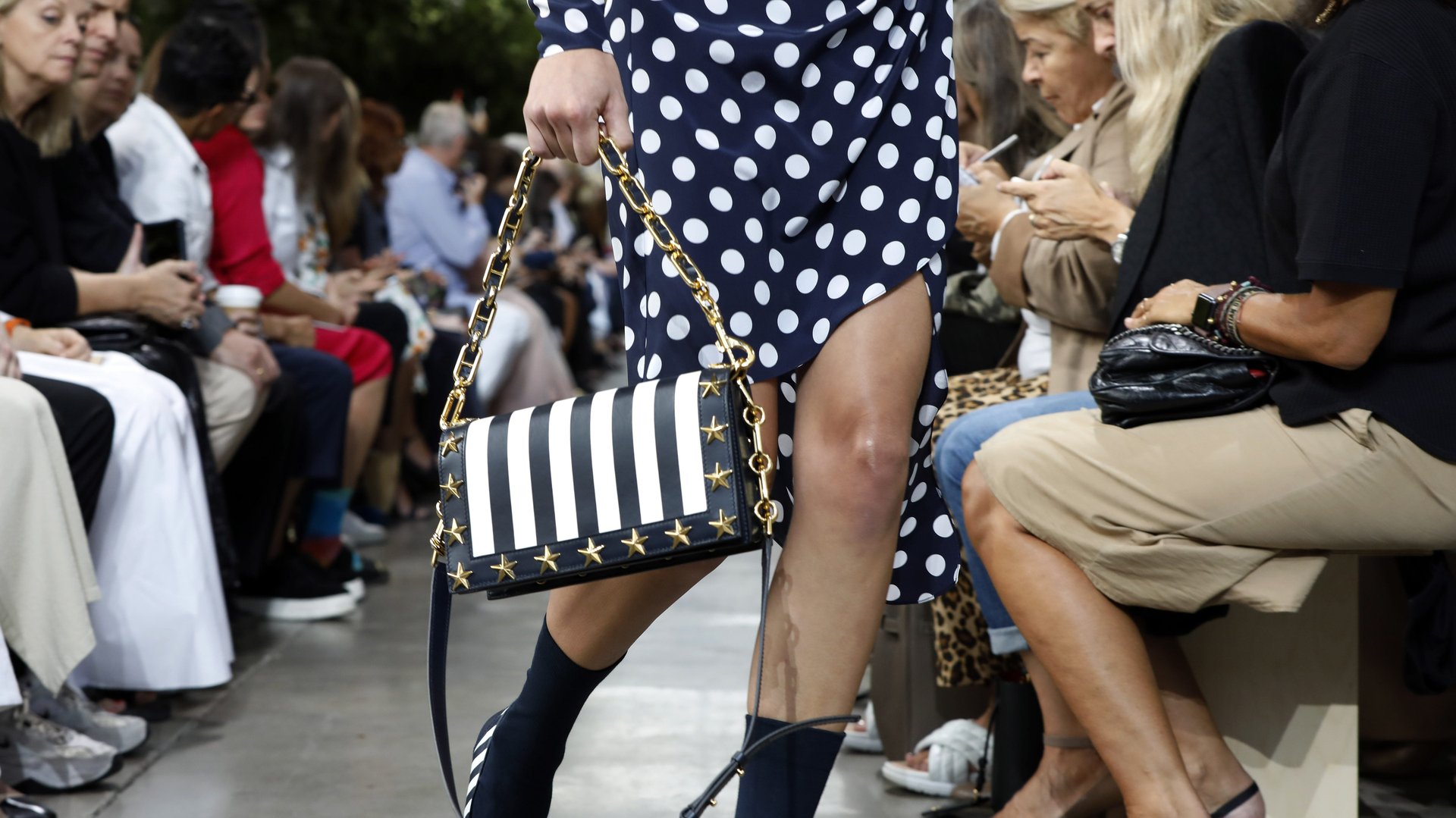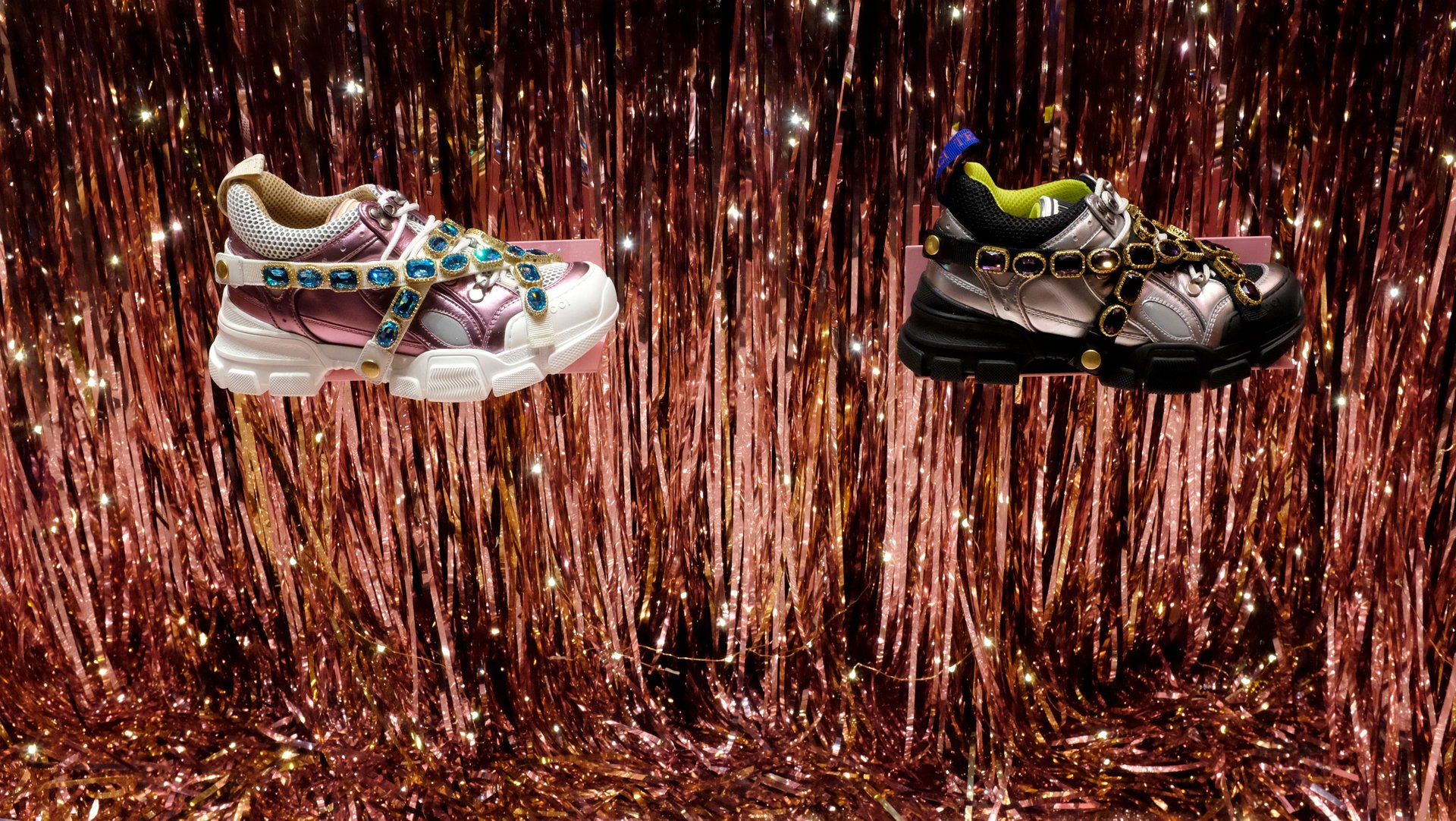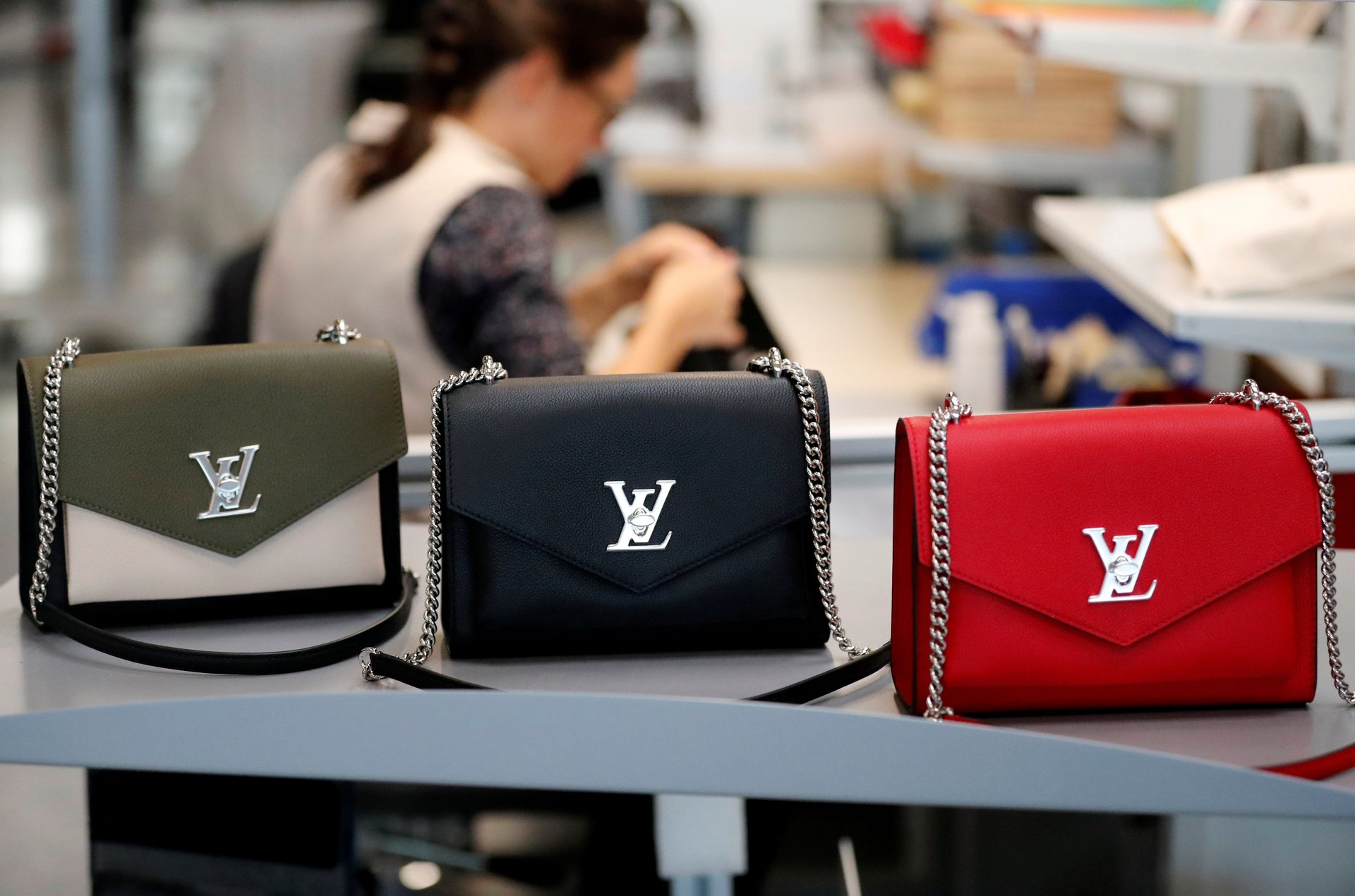The handbag is losing its once-exalted place in a woman’s wardrobe
There was a time not so long ago, during the heyday of the so-called “It” bag, when a handbag was the unrivaled star of a woman’s outfit. But those days look to have passed. The handbag, it seems, is slipping from its once-exalted place in a woman’s wardrobe.


There was a time not so long ago, during the heyday of the so-called “It” bag, when a handbag was the unrivaled star of a woman’s outfit. But those days look to have passed. The handbag, it seems, is slipping from its once-exalted place in a woman’s wardrobe.
In an Oct. 9 post, research firm NPD Group noted US sales of women’s handbags and totes were down more than 20% through August versus the same period in 2016. “This is clearly not a blip—it’s a major shift,” wrote Beth Goldstein, NPD’s industry analyst for accessories and footwear.
The day before, investment firm Piper Jaffray released its latest semi-annual survey of US teens, which found that teen spending on handbags had fallen to the lowest point in the survey’s 18-year-history. Female teens said they’re spending an average of $90 a year on handbags, down from a peak of $197 in spring 2006. Unless the trend changes, these shoppers won’t be buying up handbags the way their predecessors did when they reach adulthood either.
According to the analysts, there isn’t just one factor driving the decline. Rather, it appears to be a confluence of changes in shopper preferences and where they’re putting their money. Many are devoting their dollars to other fashion items, or not using them for fashion at all.
Other priorities
“Consumers are shifting their spend to other categories, because their priorities have changed,” Goldstein said in an interview. She points out that spending on entertainment has risen substantially as people of all ages stay home more and binge on their favorite shows. People are also spending more on technology, including devices such as headphones and tablets.
In the clothes and accessories they are buying, shoppers are seeking more versatility, a trend that’s also driven the rise of athleisure and sales of casual sneakers in the US over the past several years. So when women need to carry things, for instance, they’re turning more to products such as backpacks for the job. NPD’s data found sales of backpacks for women grew 12% over the same period that sales of handbags and totes fell. Goldstein calls them “the new work tote.”
Erinn Murphy, a research analyst at Piper Jaffray covering fashion and lifestyle brands, said that while she’s not certain American teens are thinking of backpacks explicitly as a replacement for handbags, backpacks have been trending among young shoppers. The Swedish brand Fjällräven has become popular, for example.
There’s another key way that handbags are ceding their privileged position. Carrying stuff was just one of their roles: They also served as status symbols. That status-signaling ability is now in flux as style becomes as individualized as a person’s Instagram feed and other items become equally potent signifiers.
Status signals
In February, WWD examined what it called “the end of the ‘It’ bag era.” That was a time that reached its pinnacle in the late 1990s and early 2000s, when a small set of new designs, such as Fendi’s Baguette, Chloé’s Paddington, and Dior’s Saddle Bag, reigned among fashionable women. But fashion has since become far less monolithic, in large part because Instagram makes everything so visible. New brands are able to find an audience more easily, and people who want to stand out want something that not everyone else has.
“At its height, the industry was dominated by a few styles, it was very specific and went everywhere. Now I feel like styles have almost a cult attraction,” Lisa Aiken, women’s fashion director of e-commerce retailer Moda Operandi echoed the point, told WWD. “It’s far more fragmented—consumers are more savvy about personal style and understanding what they like and don’t like, rather than being led by a singular style.”
This environment has allowed smaller brands to flourish, including Mansur Gavriel with its Bucket Bag, Telfar with its Shopping Bag, and Staud with its Shirley Bag. Their prices tend to be lower than top luxury labels, the Telfar and Staud bags generally costing between $200 and $300.
To add to the situation, shoppers are increasingly looking to other items for their status signaling, including outerwear such as Canada Goose coats, and perhaps especially, sneakers. Some can be as hard to get and as expensive, at least on the resale market, as a luxury handbag. Luxury labels themselves have been releasing sneaker styles that are as much signature items as their bags (Quartz member exclusive).
“We’ve seen handbags tick down for a period of time now as footwear has generally improved,” Murphy of Piper Jaffray said. “We do think sneakers in particular are becoming that status symbol.”
NPD’s Goldstein agreed, saying she definitely believes sneakers are the new status items.

Among wealthy Americans, meanwhile, the conspicuous class markers of the past, which included items such as pricey handbags, may be giving way to different signs of status and taste. In her book The Sum of Small Things: A Theory of the Aspirational Class, sociologist Elizabeth Currid-Halkett argues that the elite are now defining themselves through their cultural capital. “They care about discreet, inconspicuous consumption—like eating free-range chicken and heirloom tomatoes, wearing organic cotton shirts and TOMS shoes, and listening to the Serial podcast.” They may still be carrying a bag, but for daily use at least, it’s as likely a New Yorker tote as an expensive handbag.
The meaning for the market
These changes don’t mean handbag makers of all kinds are going broke. Many luxury labels, which make most of their money from sales of products such as bags and fragrances, are doing just fine. LVMH, the parent company of Louis Vuitton, Celine, Chloé, and other labels, just reported another strong quarter on Oct. 9, led by its sales of fashion and leather goods. Classic items drove that growth as much as new products.
In fact, Piper Jaffray noted in its survey that more teens are pointing to Louis Vuitton and Gucci as their favorite handbag brands than in previous years. The teens aren’t necessarily buying those bags, but their marketing at least appears to be connecting with them. (Though with the rise of rental and resale, even bags by high-end labels have become much more accessible.)

Instead, it’s been some of the established mid-market labels, such as Michael Kors, Kate Spade, and others that once relied on department stores for distribution that have suffered. This change in shopper behavior could have big repercussions.
“I do not see the handbag business returning to its former glory, where a few hot brands/items were enough to drive the market as a whole,” Goldstein wrote in her post. “The core department store handbag business is struggling due to lost traffic and lack of excitement. A logo isn’t enough anymore—consumers are making much more calculated purchasing decisions than in the past—as an NPD study focused on the millennial handbag consumer found, shopping for handbags is ‘closer to buying a car than to buying clothing.'”
It seems likely that more distinct groups of winners and losers will emerge. Luxury labels such as Louis Vuitton with top-quality products—and marketing—will probably continue to thrive, as will emerging labels that have a unique, versatile bag and can connect with a core audience, especially on Instagram. For everyone else, there’s just less money to go around.